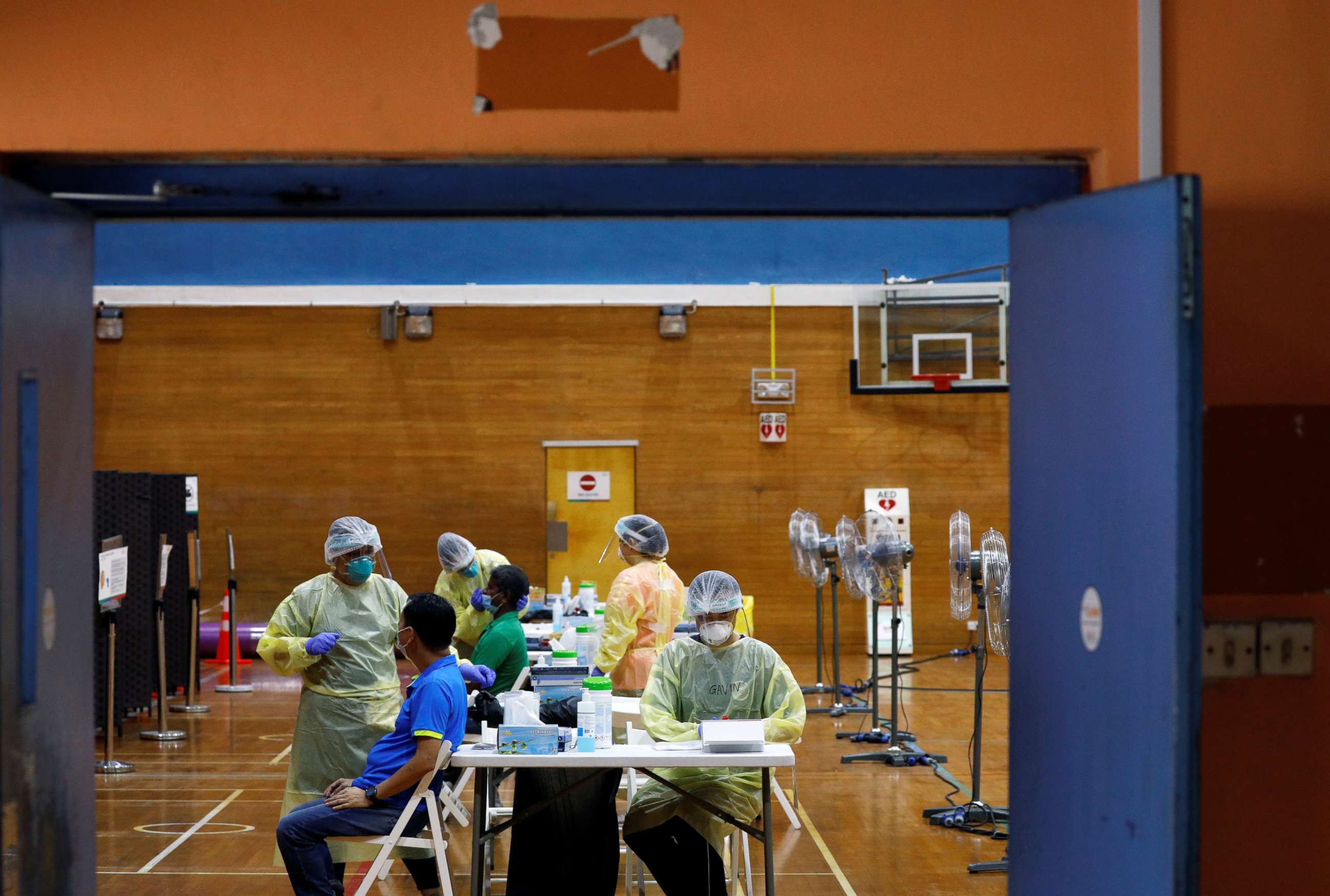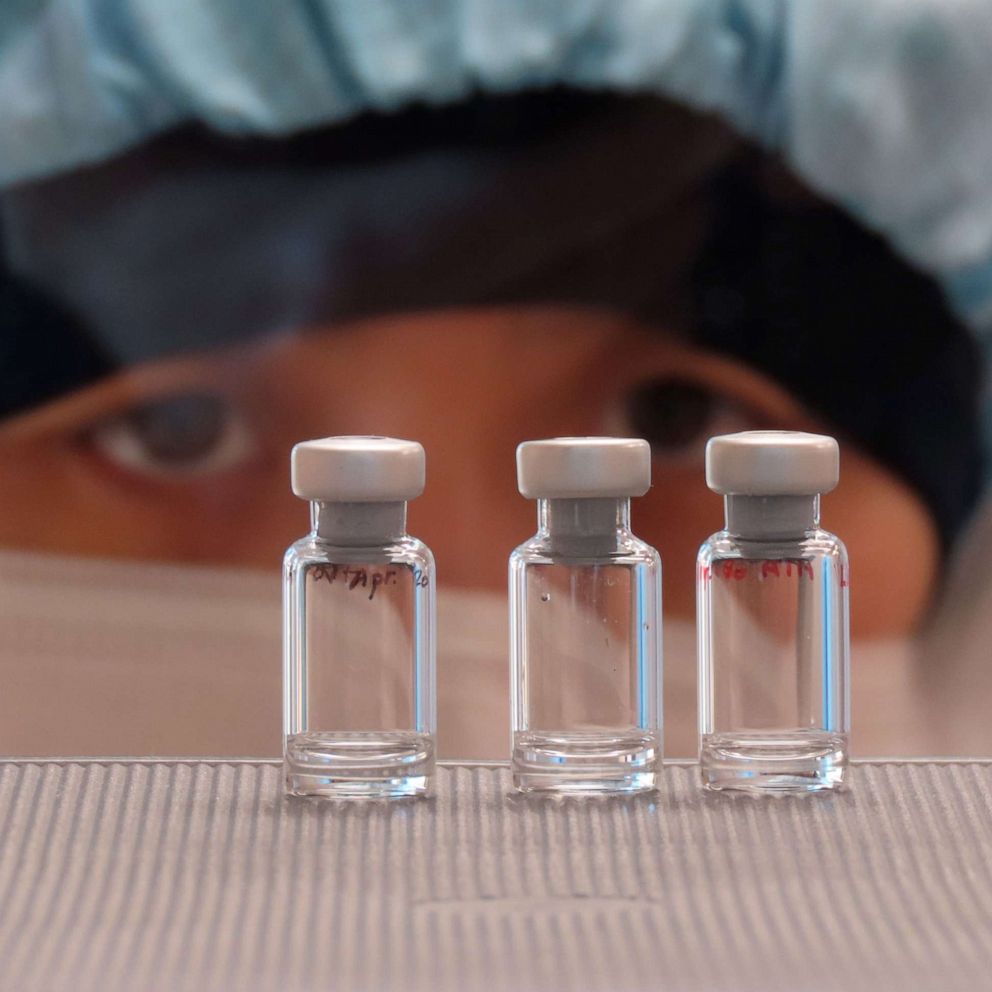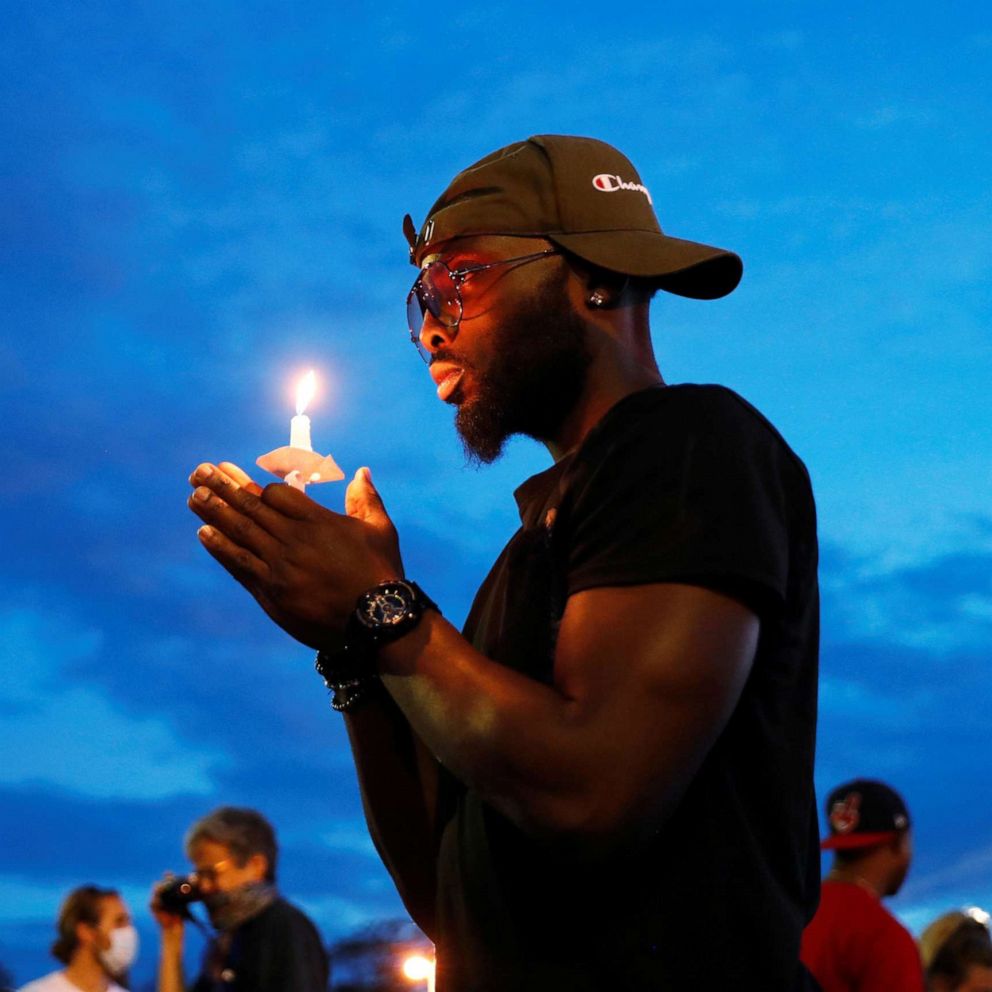WHO says remarks about 'rare' asymptomatic spread of coronavirus were ‘misunderstanding’
"There is, unequivocally, asymptomatic spread."
A top World Health Organization (WHO) official called the spread of COVID-19 by people without symptoms a "very rare" occurrence, sparking confusion about why we've all been wearing masks and staying indoors.
During a media briefing on Monday, Dr. Maria Van Kerkhove, WHO’s COVID-19 technical lead, told reporters that "it still seems to be rare that an asymptomatic person actually transmits onward to a secondary individual,” referring to data collected from contact tracing efforts.
Less than 24 hours later, she clarified those statements during a Q & A online, chalking it up to a "misunderstanding" while answering a question, but as the technical lead for WHO's COVID-19 response says she was not speaking about WHO policy.
But the ripple effects of her initial comments already had public health specialists perplexed. For months, scientists have said that even people without obvious symptoms can transmit the virus, and that these asymptomatic people carrying the disease are potentially part of the global pandemic.
Van Kerkhove's comments came as a surprise to infectious disease experts interviewed by ABC News, who said it's clear that asymptomatic transmission is responsible for at least some portion of new infections.
"There is, unequivocally, asymptomatic spread," Dr. Barbara Ferrer, the Los Angeles Public Health Director, told ABC news. "I don't want anyone to get confused that people who are asymptomatic may not be capable of spreading. They are, in fact, capable of spreading and we all need to keep that in mind."
The Centers for Disease Control and Prevention is reminding the public that asymptomatic spread is a reason social distancing and masks are so important even among people who feel healthy.
When Van Kerkhove clarified her comments on Tuesday, she said that she had intended to emphasize the importance of isolating symptomatic people and to encourage people they've been in contact with to isolate as well as a way to slow down the spread of the virus.
“What we really want to be focused on is following the symptomatic cases," she said. "If we followed all of the symptomatic cases, because we know that this is a respiratory pathogen, it passes from an individual through infectious droplets. If we actually followed all of the symptomatic cases, isolated those cases, follow the context and quarantined those contexts, we would drastically reduce (virus spread).”
Dr. Mike Ryan, executive director of the WHO’s emergencies program, further explained that asymptomatic spread is still ‘an open question’ and that individuals without symptoms can transmit the virus on to others.
"It’s important to know that there are two groups of people with the virus who may transmit the virus while not showing symptoms: those who are not showing symptoms yet (“pre-symptomatic”) and those who will never develop symptoms (“asymptomatic”)," according to the CDC. "WHO’s statement about 'very rare' transmission referred to the latter group, people who never develop symptoms."

As research continues to evolve, more information is needed to clarify the population health risk posed by infected individuals without symptoms. In the meantime, universal precautions, including masking, remain important.
What to know about the coronavirus:
- How it started and how to protect yourself: Coronavirus explained
- What to do if you have symptoms: Coronavirus symptoms
- Tracking the spread in the U.S. and worldwide: Coronavirus map
Tune into ABC at 1 p.m. ET and ABC News Live at 4 p.m. ET every weekday for special coverage of the novel coronavirus with the full ABC News team, including the latest news, context and analysis.
Jessica Johnson, M.D., is a senior resident in emergency medicine at Stanford University and contributor to the ABC News Medical Unit.







